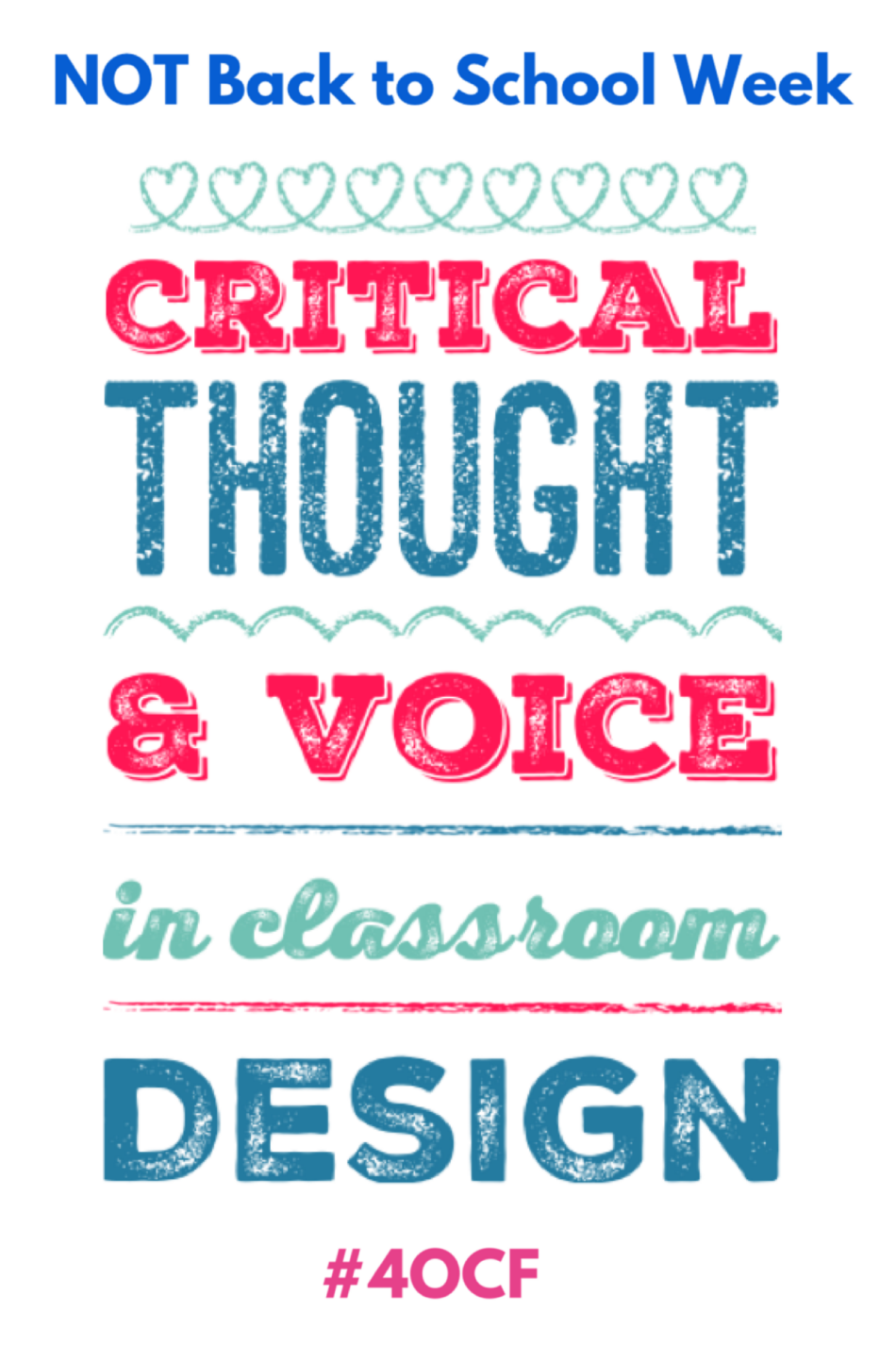Designing a classroom space is going to prove rather difficult this year.
If you are physically in school, the physical space with students will be limited. You will need to consider social distancing norms in designing and setting up the workflow within the classroom.
If you are beginning the year in a full remote setting or even a hybrid model, you will need to carefully consider what the digital classroom space looks like for you, for students, and for families.
There is simply a lot to think about when it comes to designing learning spaces this year.
Start by asking these questions:
Whose space is it anyway? This question gets at the heart of many classroom design and setup mistakes. Many teachers assume that the space needs to work for them. They design and plan every part of the learning space without student input. Minimize teacher stuff. Don’t be a hoarder. Get rid of anything that isn’t being used. Allow students to help in the setup of the classroom (both physical and digital). Kids may often come up with a better workflow.
What is our purpose? Now that students have a say in what the classroom looks like, think about your purpose. What are you collectively trying to accomplish? Much of your purpose this year will be in keeping everyone safely distanced. Beyond that, how will you design the room to work better toward your shared goals. Keep open wall space to add helpful information and charts. Bear in mind that students will now be used to the more personalized spaces of their homes. Find a way to personalize and make the space their own. Another idea of personalization could be using artwork that inspires creativity in the classroom on the walls. Keep sections of the room (or digital space) for students to add work and share information.
How will we manage our space? Because your classroom is a shared space, make sure that responsibilities for the space are shared as well. Consider allowing for students to take ownership for managing digital learning spaces to help with workflow. Many students learn new tech platforms quickly, so let them help to lead and manage the spaces. Keeping everyone safe in a physical classroom will also require a herculean effort from everyone involved – teachers, students, custodians, administrators. Provide modeling to help students understand expectations, then give them support in meeting those expectations. Consider this checklist when designing the learning space.
Classroom design will require extra effort this year to make sure that both physical and digital learning spaces and safe for and supportive of students.
Think critically about classroom design. Provide voice and choice to students, and make your spaces work for everyone.
Rich
For more information on Utility in Classroom Design, pick up a copy of The Secret Sauce: Essential Ingredients for Exceptional Teaching.


